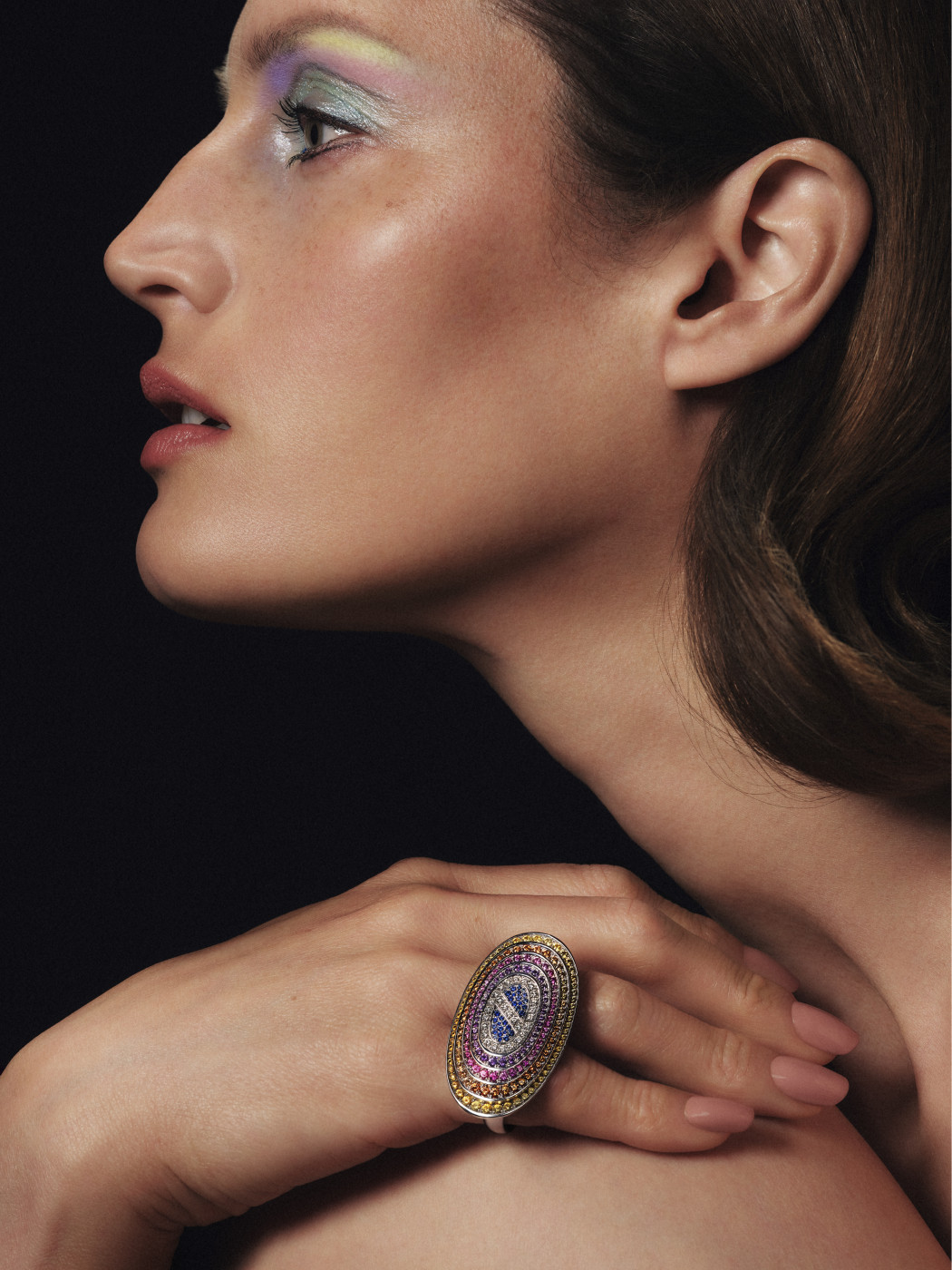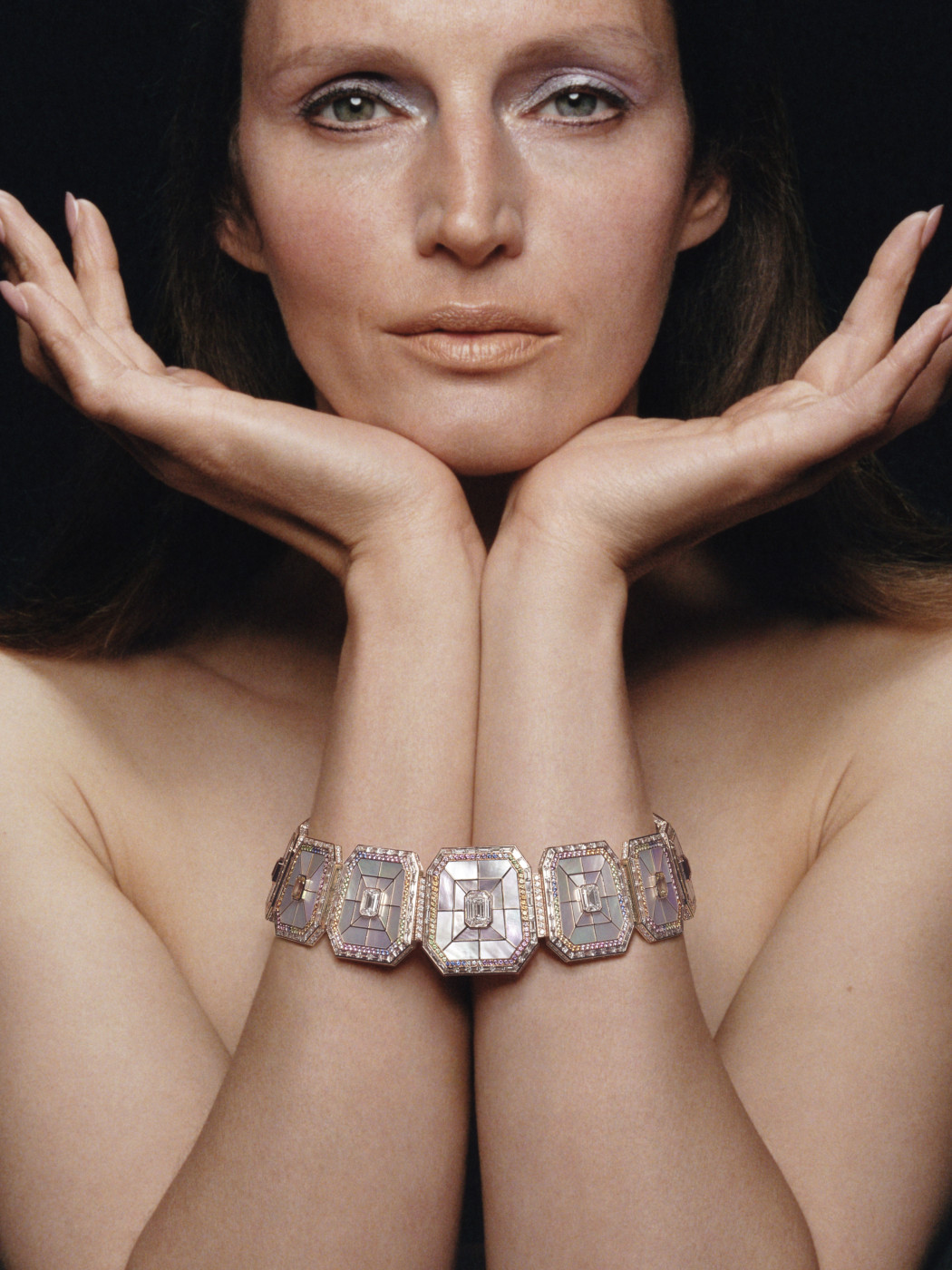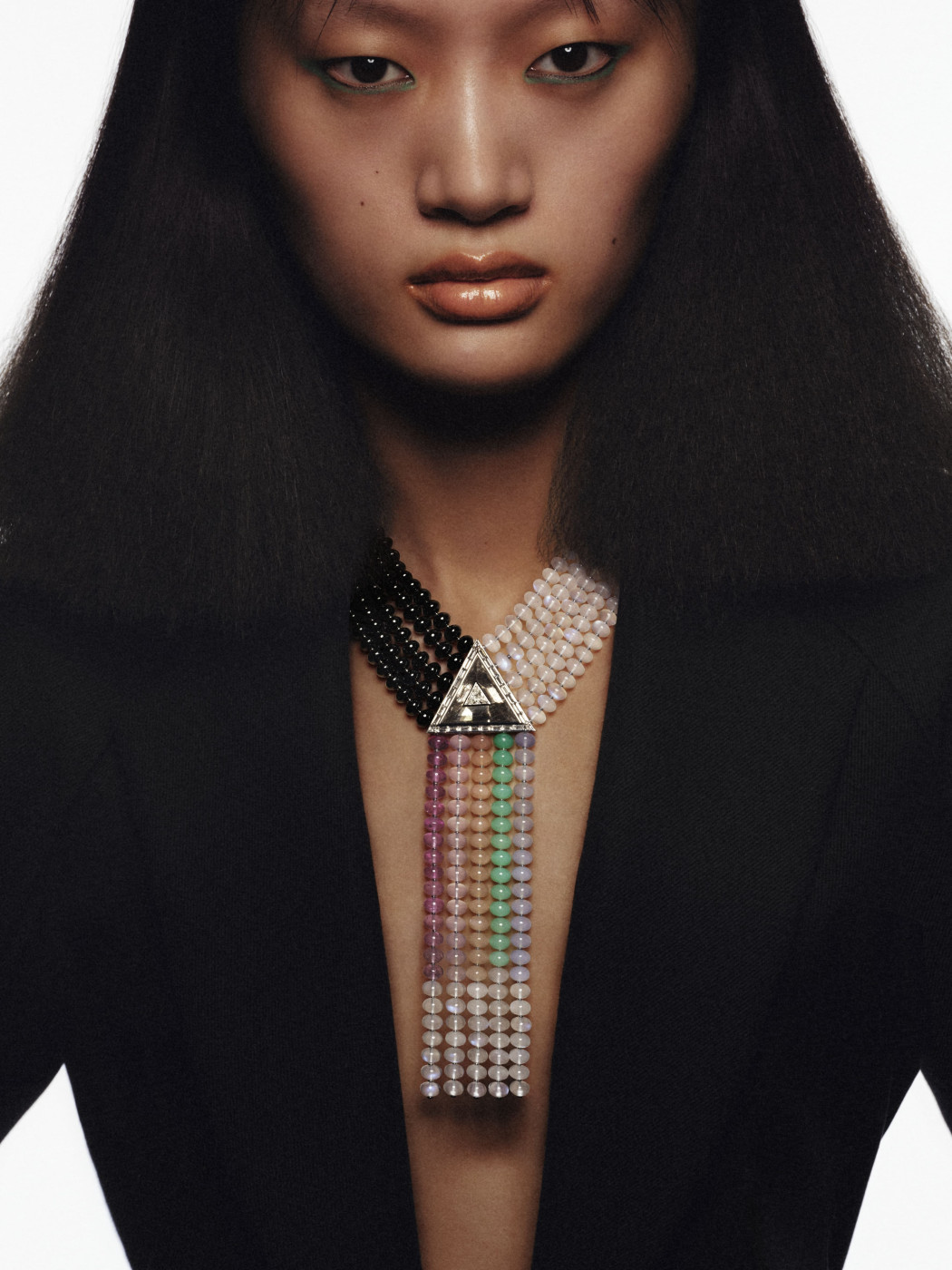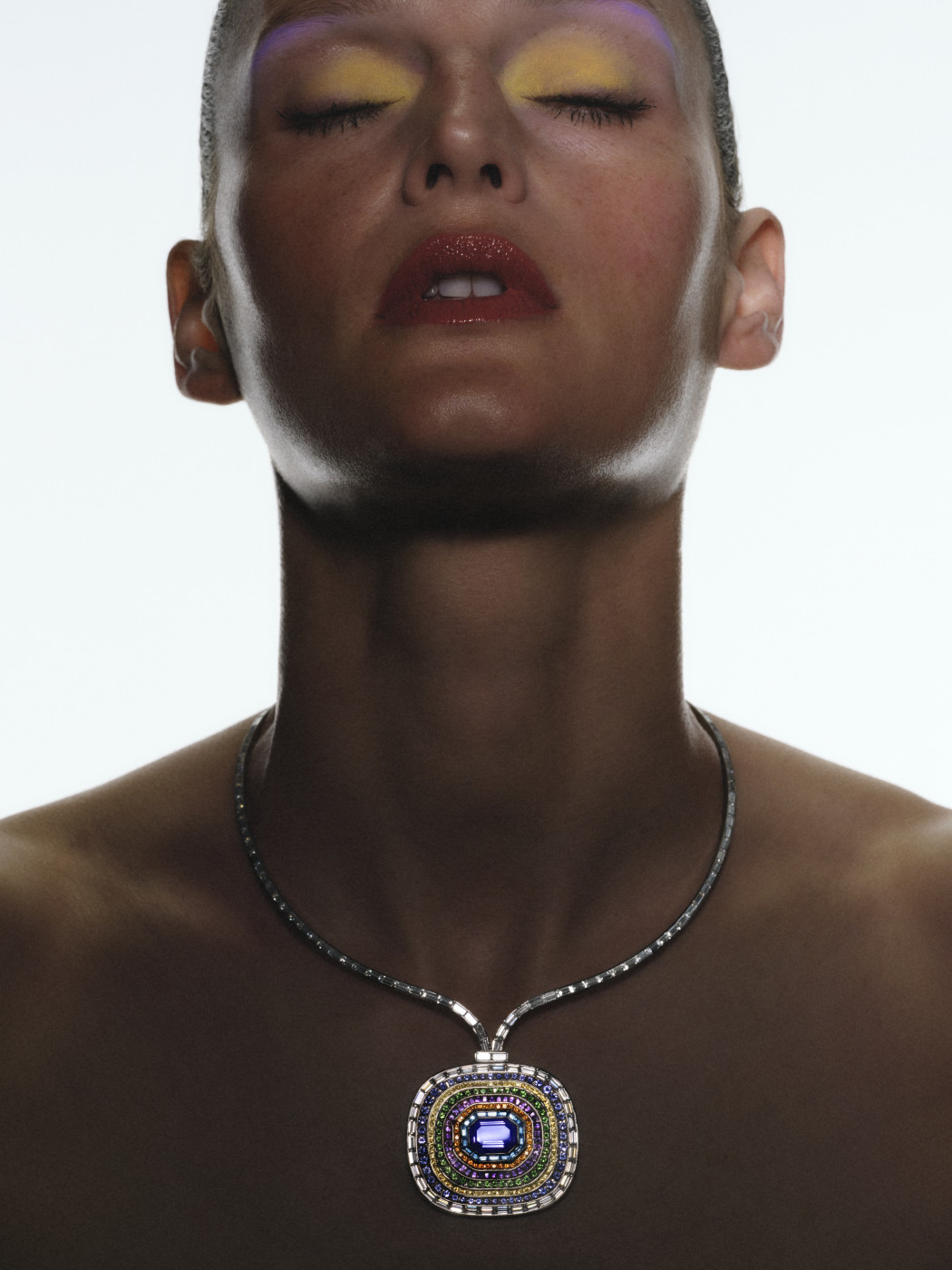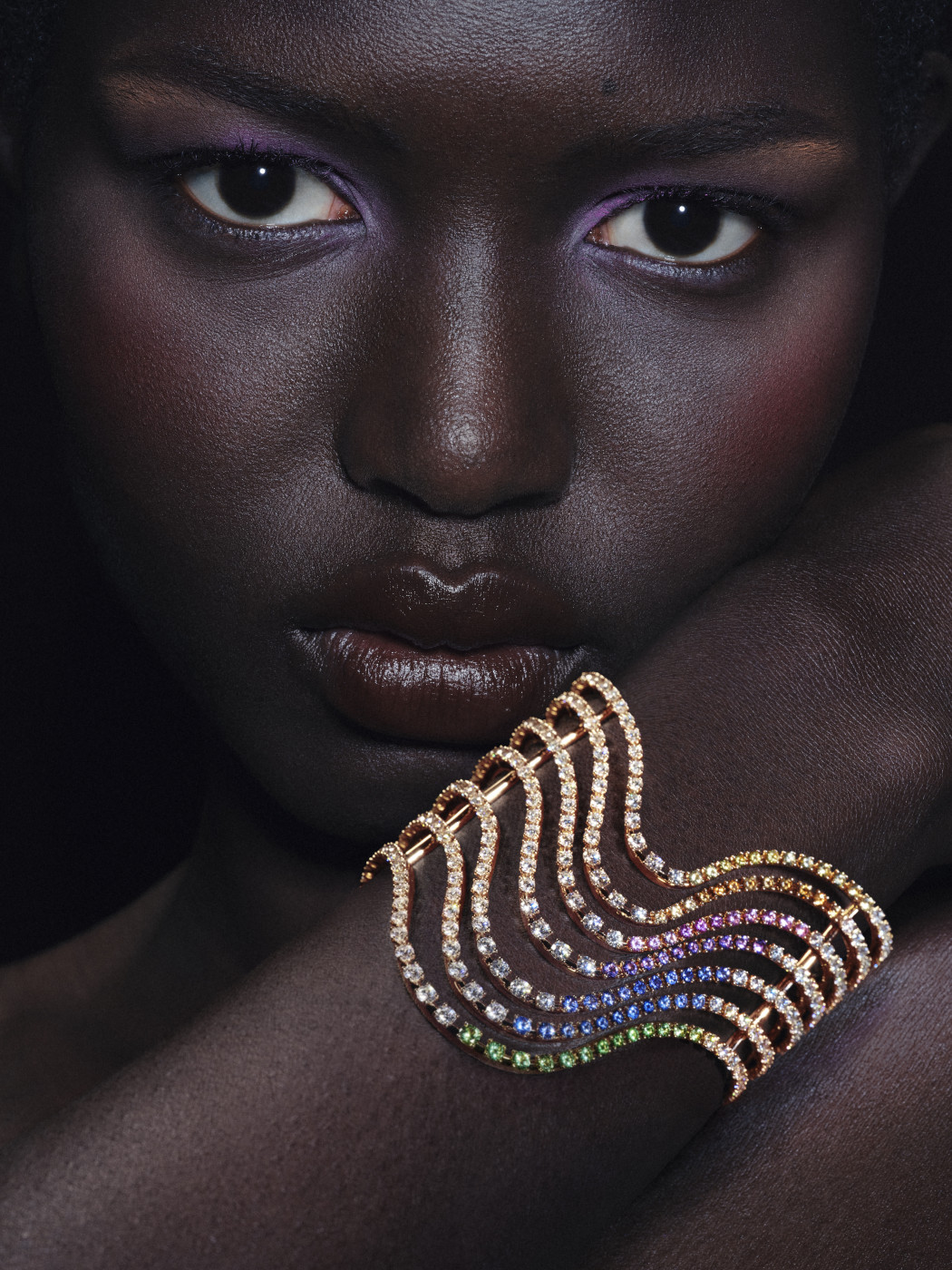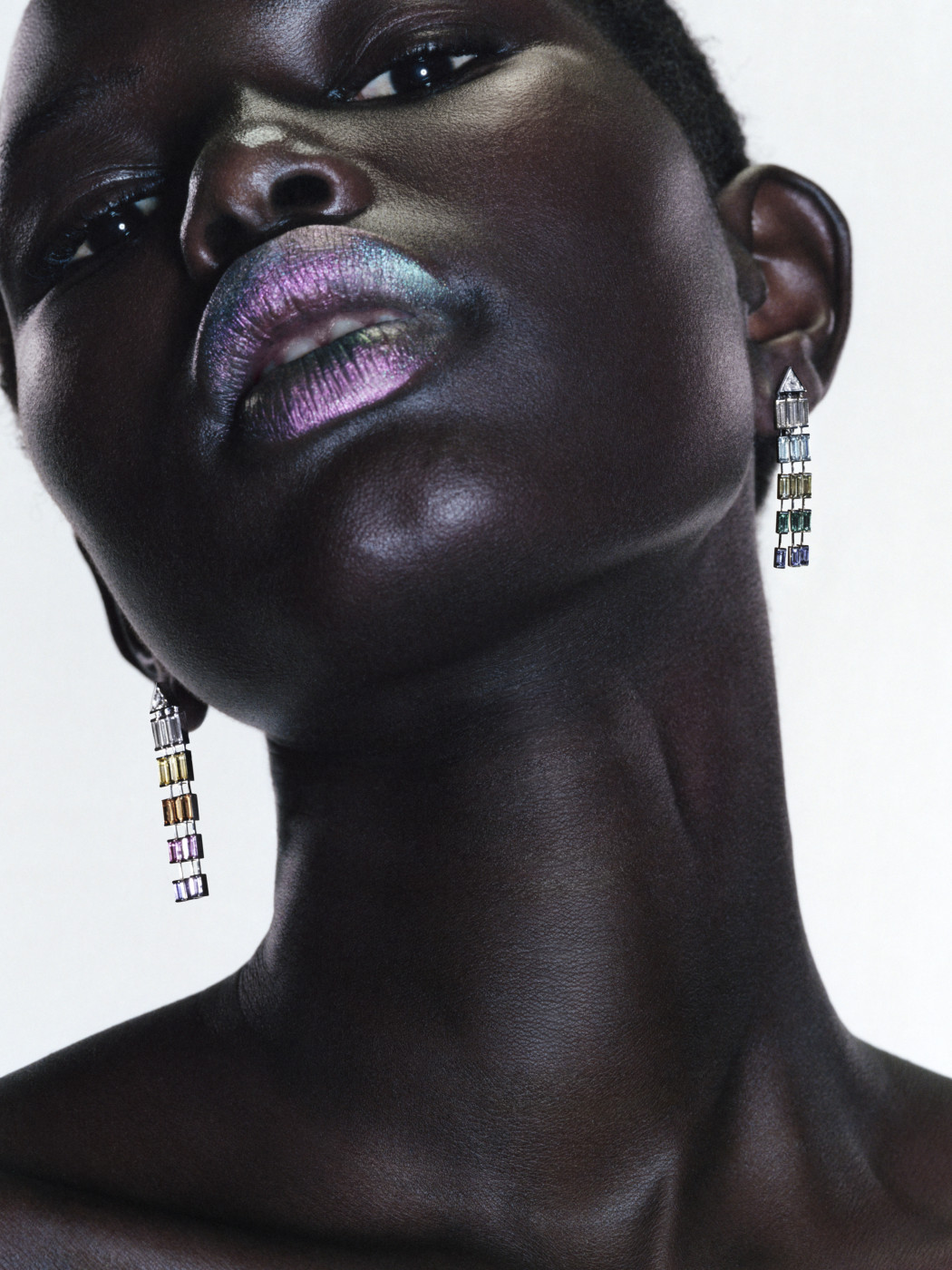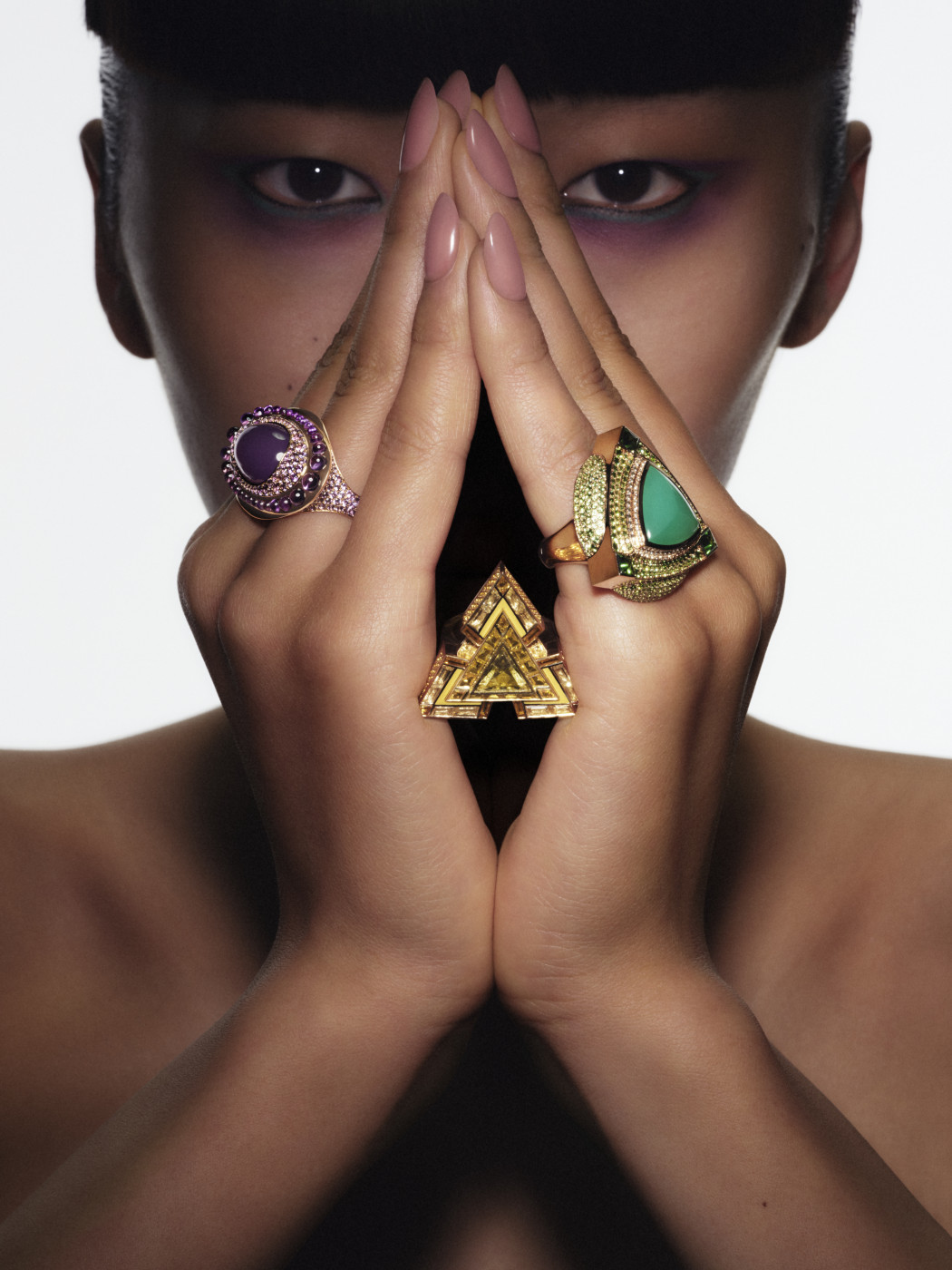
Subscribe
On The NewsSubscribe
confirmed Your subscription to our list has been confirmed.
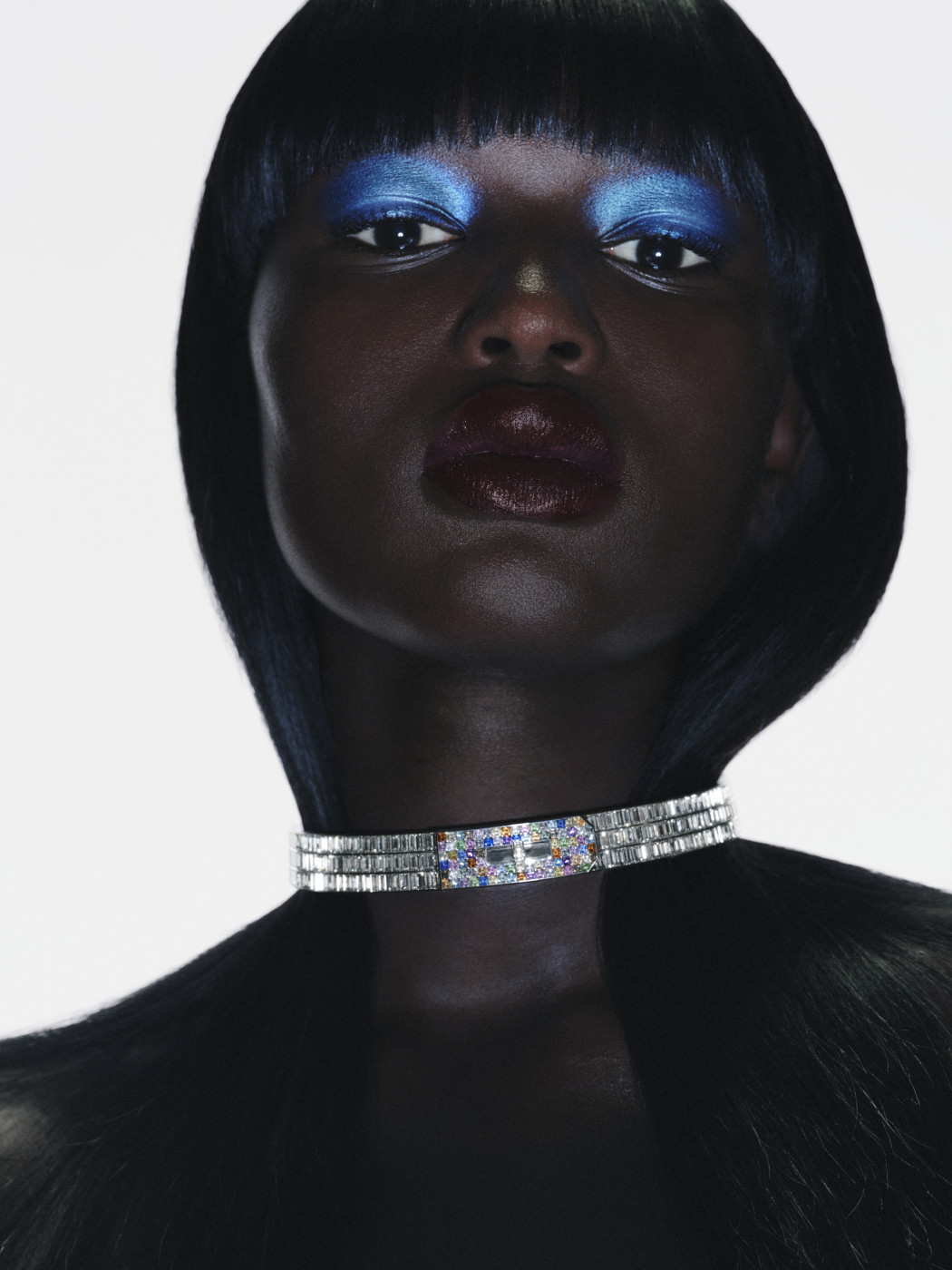
Hermès haute joaillerie: Les Formes de la Couleur
Unlike all other houses, Hermès shows its haute joaillerie collections every two years — they like to do everything their own way and even call their collections haute bijouterie instead of haute joaillerie. They also like to keep the underlying structure of their heritage in everything that comes out under the Hermès name, so that instantly recognisable symbols of the house will certainly be visible in the jewellery — le cheval, le fermoir bâton, chaîne d'ancre, les sacs bijoux, le fermoir Kelly. And we saw all of these symbols this time as well, but, perhaps, for the first time in the entire history of Hermès haute joaillerie, something completely different defined the collection — namely, the idea of the color spectrum and the color theory.
That said, such attention to color and its gradations is in the very nature of Hermès, which historically, in addition to saddlery and leather goods, has also been involved in silk goods manufacturing, and posseses a library of silk colors that spans 75,000 items. And in general, color is the one of the most important phenomena in the history and modernity of Hermès as exceptional attention is paid to colors here, and Hermès colors, hues and color combinations are instantly recognizable. And where there is color, there is always light, where there is a color spectrum, there is also the refraction of light, where there is color theory — an experiment with light waves. And here we can recall the collaboration between Hermès and the Japanese artist Hiroshi Sugimoto, when in 2012 they made a series of silk scarfs based on Sugimoto's Polaroids, where he captured his experiments with transmitting light through lenses at different times of the day and with different color effects.
These days, the color theory is invoked by Pierre Hardy, the artistic director of Hermès jewelry collections, who recalls the Bauhaus with its functional theory of color and shares how in the 1970s, when he was an art school student, his teachers conducted experiments, letting the students look at one color for an hour and then observing what they would draw. The teachers were convinced that every color had a shape: for example, red was a square, blue was a circle, yellow was a triangle.
And the red squares, blue circles, and yellow triangles are all there in the collection — in the form of a series of rings, called Portraits de la Couleur — a square made of square-cut rhodolite garnet (3.25 carats), baguette-cut garnets, brilliant-cut and baguette-cut rubies, circles from brilliant-cut blue sapphire (1.11 carats), cabochons of blue chalcedony and blue sapphires, and a triangle from triangle-cut yellow beryl (1.53 carats), brilliant-cut and baguette-cut yellow sapphires, as well as an oval of violet chalcedony (11.40 carats), violet sapphires and amethysts, and a complex triangle shape with arched sides, inscribed in a circle made from sugarloaf-cut chrysoprase (6.02 carats), brilliant-cut and sugarloaf-cut tsavorite garnets, and green sapphires.
Among the 58 pieces of jewelry in this collection, there are those that are dedicated to the refraction of a light wave and its splitting into visible colors, and here Pierre Hardy, following in Newton’s steps, achieves his spectrum, but this time with the help of precious and semi-precious stones. They are phenomenally selected according to the shades of this spectrum in soft, absolutely natural, rainbow-like transitions — and this smoothness is precisely what constitutes the art of the gradient with the help of colored stones. Some of the jewelry pieces replicate the shape of the wave, such as the Arc en couleurs necklace, for which nearly 1,400 stones were selected for the color gradient — blue, yellow, and pink sapphires, tsavorite and spessartite garnets, tanzanites, amethysts, and brilliant-cut and baguette-cut diamonds. The exceptional work of jewelers has made this necklace and the bracelet paired with it flexible, allowing the jewels to follow the shape of the body. These articulated bracelets and necklaces are the result of ingenious technical prowess in mesh work.
Stones of exceptional size and color density are set into the Color Vibe jewelry, where the same iridescent wave takes either an irregular shape, as in the ring with 4.01 carats emerald-cut emerald and the two-finger ring with 4.40 carats baguette-cut tanzanite, or tightly fits into a twisted square, as in the necklace with 3.97 carats emerald-cut amethyst or the ring with 8.57 carats emerald-cut tanzanite.
This entire ode to color, conceived with great wit and executed with impeccable brilliance, once again proves that the house of Hermès is in its own right to make us wait two years to see the next haute bijouterie collection — these two years never pass in vain.
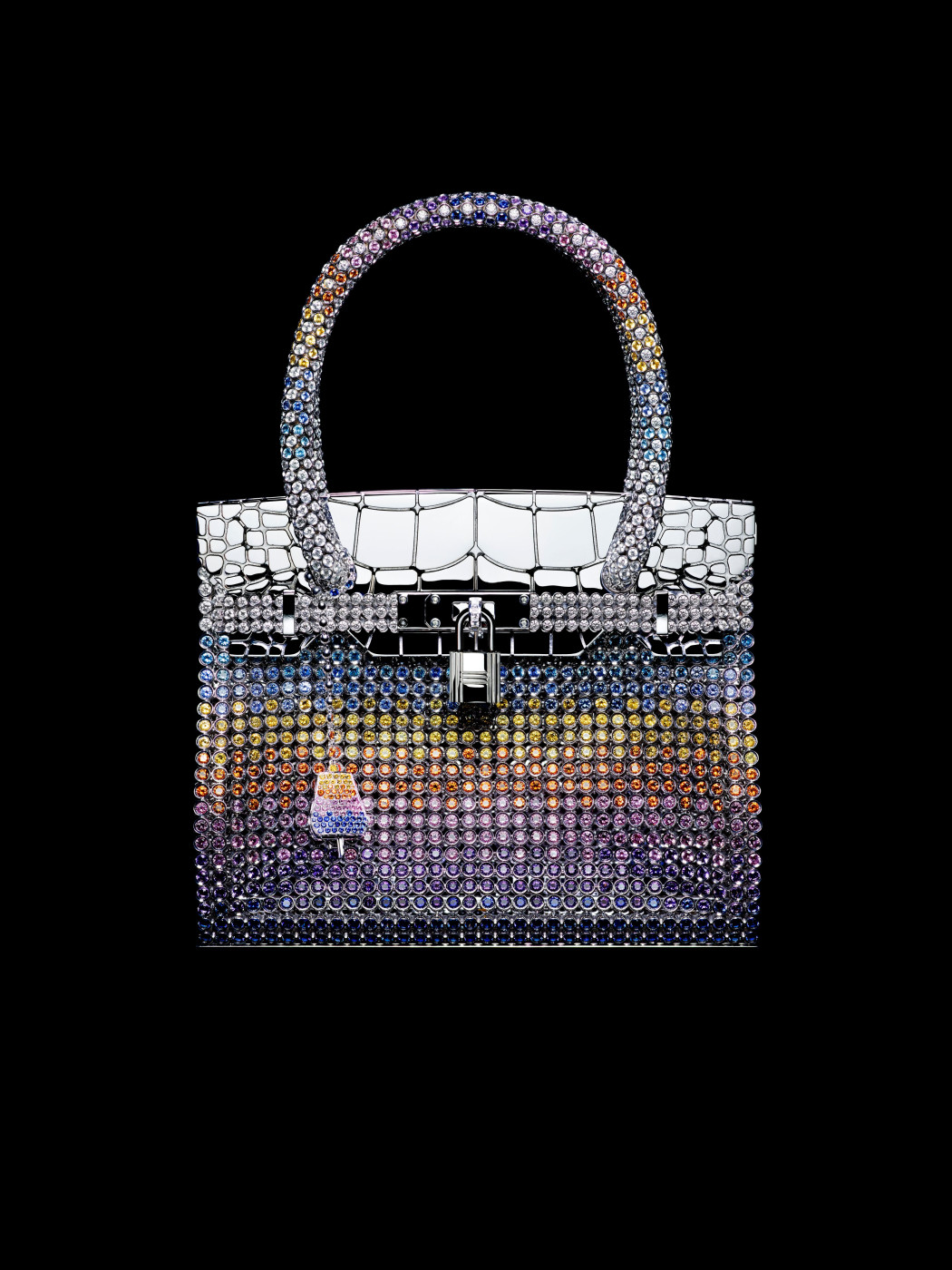
Courtesy: Hermès
Text: Editorial team


